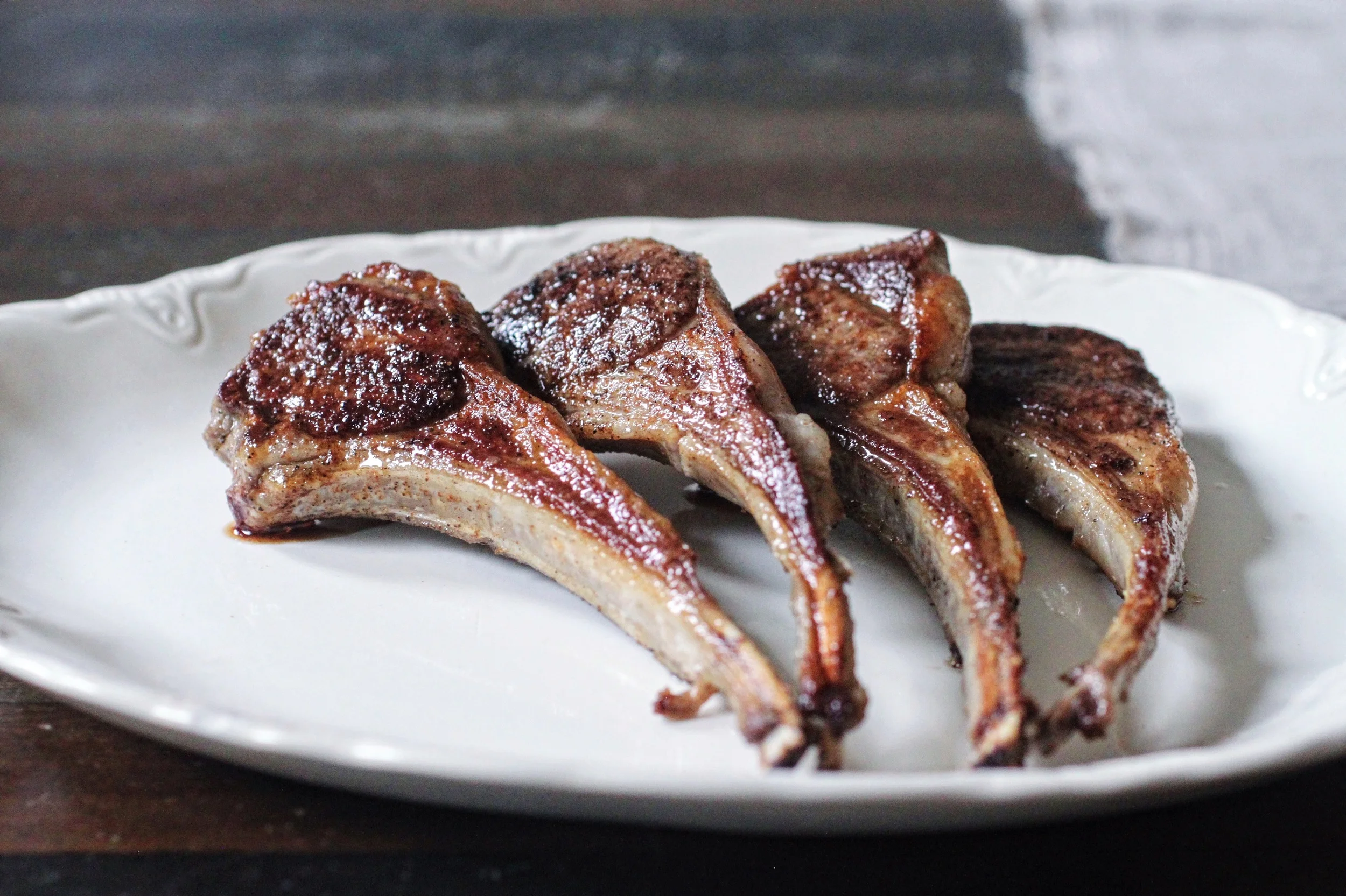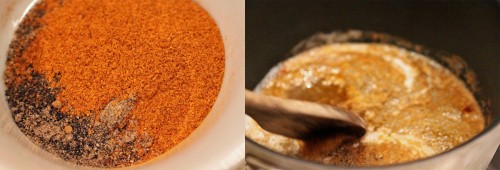Shiro Powder
A few years back I spent some time in a kitchen in Brooklyn learning Ethiopian cooking, at a small, authentic restaurant called Bati in Fort Greene (I highly recommend it!). The chef there “mama” (which is exactly what I called her…) showed me dish after dish, albeit speaking in Amharic, and I followed along as best as I could – watching, tasting, smelling, feeling (and googling where otherwise stumped!). It was quite an education, and I felt incredibly fortunate to be grounded in the true tradition of this cuisine – from the fermentation of their bread, injera, to learning how to perfect kitfo, a luscious, warm steak tartare, to savouring the gorgeous vegetarian stews, shiro being my favorite.
Shiro is a staple, Ethiopian stew that’s made from peas, lentils, and chickpeas that are dried and ground into a fine powder, shiro powder. The flavor is rich, spiced and nutty, and the shiro powder comes blended with a ton of spices and herbs – fenugreek, cardamom, and sacred basil to name a few – as well as dried garlic and ginger. The stew consists of sautéed red onions, garlic, water, shiro powder and some green peppers, and occasionally is finished with a spiced, clarified butter, which is one of my favorite ingredients in the world. Easy to make and imparts everything you cook in it with rich flavor….
This is the time of year where the cold weather makes you just want to curl up with a nice soup or stew over rice, and I love this ingredient because it’s low maintenance, already has a ton of spices in it, and can easily thicken up and flavor most soups you have out there. This is such a great ingredient for vegans to incorporate because of its protein levels and makes a quick meal because all of the lentils are powdered. I like to do a nice, creamy cauliflower soup and throw this in; it’s used to thicken up beef stews in Ethiopia as well so I have added it to a basic bowl of chili. Feel free to use your imagination!









